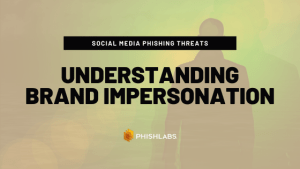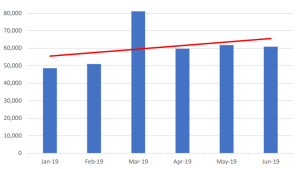Blog
New Webinar: Inside the World of Social Media Phishing: Financial Scams
Tue, 01/14/2020
On a daily basis, most people will use some form of social media. From checking photos of your friends and pets, to communicating with coworkers and loved ones, social media is a large part of the connected world.
Unfortunately, this also means that the more social media is used, the more likely that threat actors will try to exploit it.
Join us on February 6, at 3 PM ET, as we discuss how...
1a90.png)
6784.png)
2306.png)








87e4.png)
9bcf.png)






